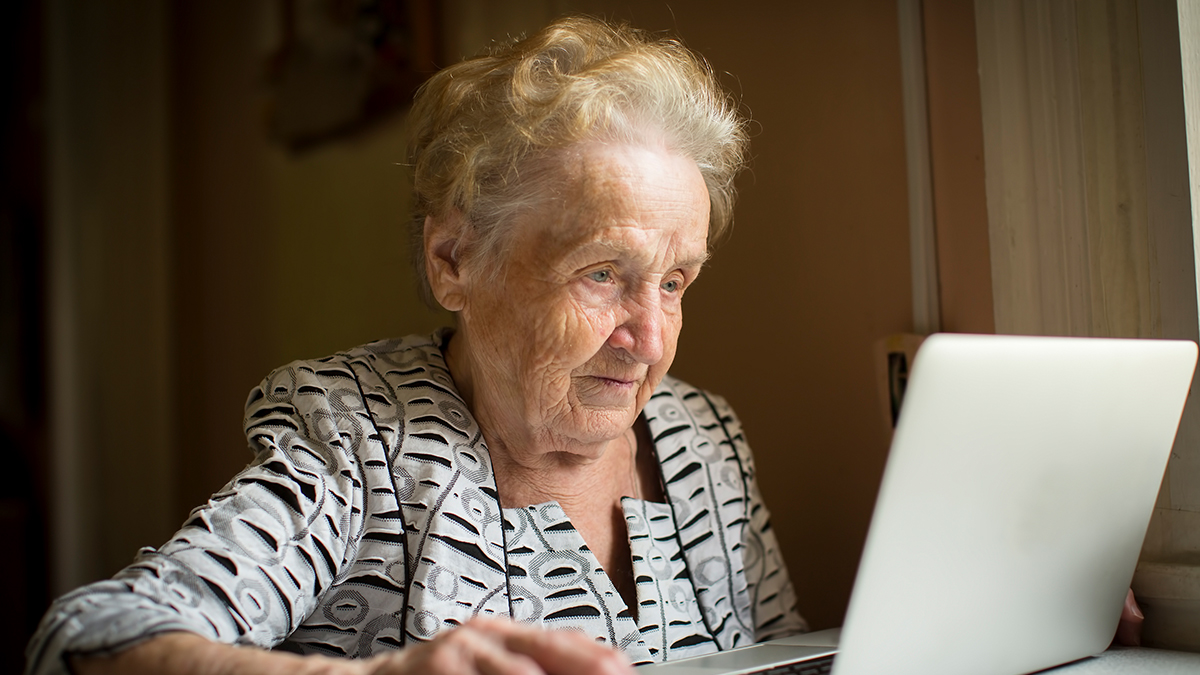Health literacy in the time of COVID-19

In a time when much of the media’s focus is on the ongoing COVID-19 pandemic and the differences in vaccination rates between various regions, countries, and socioeconomic groups, improving health literacy has never been more important. Impetus Digital's Natalie Yeadon explores why.
Health literacy is a complex phenomenon that involves both individuals and their local and global communities. According to the CDC, personal health literacy is defined as the degree to which individuals have the ability to find, understand, and use information and services to inform health-related decisions and actions for themselves and others. On the other hand, organisational health literacy is the degree to which organisations equitably enable individuals to find, understand, and use those services and information. Compared to previous definitions, more emphasis is now placed on individuals being able to use (not just understand) information while acknowledging that organisations play a key role in addressing health literacy.
Why do we need to improve health literacy?
When a person’s or community’s health literacy is poor, misinformation can quickly spread. Again, vaccine hesitancy is probably the most obvious example here. What started with Andrew Wakefield’s now-retracted, fraudulent 1998 paper showing a supposed link between the MMR vaccine and autism has turned into a worldwide phenomenon of mistrust against the medical and scientific communities. Unlike for other conditions where the only affected person is the patient themself (plus their family and loved ones), vaccine hesitancy can jeopardise public health by hindering herd immunity.
In this day and age where many seek health information from Facebook groups, it is easy for “echo chambers”–communities of like-minded people–to form. Such echo chambers allow misinformation to spread like wildfire, and no one questions the sources of information. While it’s tempting to dismiss vaccine-hesitant individuals as foolish or poorly educated, it is important to be compassionate and not to blame them for not understanding information that has not been made clear. Research has shown that it is increasingly difficult for people to separate evidence-based information from “fake news” and clickbait. Everyone is at risk for misunderstanding complex health information, especially if the topic is emotionally charged as in the case of vaccines.
Health literacy is also important on an individual level, as it can help patients and caregivers to advocate for the best possible care, and is directly associated with medication adherence, healthcare usage, and overall health outcomes.
Impact of COVID-19 on health literacy
COVID-19 has prompted an interest in microbiology, immunology, epidemiology, and public health never seen on this scale before. However, it has also further polarised the population when it comes to public health measures such as vaccines and face masks.
In a 2020 survey conducted in a nationally representative sample of 3,133 adults in the USA, 20% of respondents intended to decline a vaccine once available. The most important determinants of COVID-19 vaccine hesitancy were distrust of the vaccine safety and general vaccine avoidance, as implied by not having had a flu shot in the last two years. Further, the authors noted that inconsistent risk messages from public health experts and elected officials may reduce vaccine uptake. Likewise, a survey conducted in Portugal in late 2020 identified having no intention of taking the flu vaccine and perception of the information provided as inconsistent and contradictory as two key factors associated with COVID-19 vaccine hesitance. This indicates that clear, easy-to-understand, and consistent messaging is key to improving health literacy and fighting misinformation.
In addition to vaccine hesitancy, Vergara et al. (2021) highlighted that two even bigger challenges that public health authorities will be facing in the new normal are the “postmodern condition of information blast” and “the objectivity of the held truth.” We are looking at a brand-new type of epidemic–an “infodemic”–where fake news and false scientific claims are progressively spread.
However, identifying the problem is only the first step. The challenge is coming up with a solution.
How can we improve health literacy?
There is a clear need to improve health literacy among the general public and groups with traditionally low health literacy. Concurrently, we must also ensure broad access to easy-to-understand information on complex medical topics. This will require close and transparent collaboration between governments and health authorities, healthcare providers, researchers, patients, medical journalists and communicators, healthcare systems, and the pharmaceutical industry.
There is no one-size-fits-all approach here; strategies must be targeted to different groups and demographics, taking into account factors such as tech-savviness, access to the internet, age, sex, race, education, and socioeconomics. To define strategies for each group, engaging members from that very same group is essential. For example, if the goal is to improve health literacy among middle-age women with diabetes, then that is who you should be engaging to define the strategy.
We also need to come to terms with “the other crisis,” namely the increasing racial injustice worldwide, and consider how this is impacting health literacy and health outcomes in the time of COVID-19. In this context, Bunch (2021) proposed a series of practical recommendations, including boosting transparency, being open about uncertainties, ensuring accessibility, and establishing “critical distance” between pharmaceutical companies and the public. All practical recommendations emphasise the importance of tailoring strategies based on the audience while also being mindful of the entities engaging with that audience.
Role of pharma in improving health literacy
Pharmaceutical companies, and especially Medical Affairs teams, have the opportunity to coordinate the creation of resources and initiatives aimed at raising health literacy, but need to either do this in a very hands-off manner or with complete transparency as to their involvement. For example, online advisory boards with healthcare providers or patient advocates represent an easy approach to developing strategies or getting feedback on materials and programs. Due to the virtual nature of these, participants can stay anonymous if needed, and the sponsoring organisation can remain at arm’s length. Virtual working groups are another option, wherein small groups of stakeholders can collaborate asynchronously to co-create publications, plain-language summaries, handouts, or programs.
Other ideas include virtual grant submission and review programs. Community groups, researchers, and associations can submit their ideas for health literacy projects or studies, and an independent review committee can assess the applications first asynchronously and subsequently in a web or in-person meeting (if safe).
Next steps
It is clear that COVID-19 has put health and scientific literacy in the spotlight; just like the acceleration of telehealth and digital transformation, the impact of this will be felt long after the pandemic has ended.
To fight the “infodemic” and ultimately improve patient outcomes, pharmaceutical, healthcare, and public health leaders need to proactively work to improve health literacy in all populations. It’s a huge task, and one that can’t be accomplished by a rapid vaccine rollout like the other pandemic. Nonetheless, it’s a battle that needs to be fought if we want to empower patients to make the best possible health choices.
About the author
 Natalie Yeadon is the CEO and co-founder of Impetus Digital, where she helps life science clients virtualise their meetings and events and create authentic relationships with their customers.
Natalie Yeadon is the CEO and co-founder of Impetus Digital, where she helps life science clients virtualise their meetings and events and create authentic relationships with their customers.











